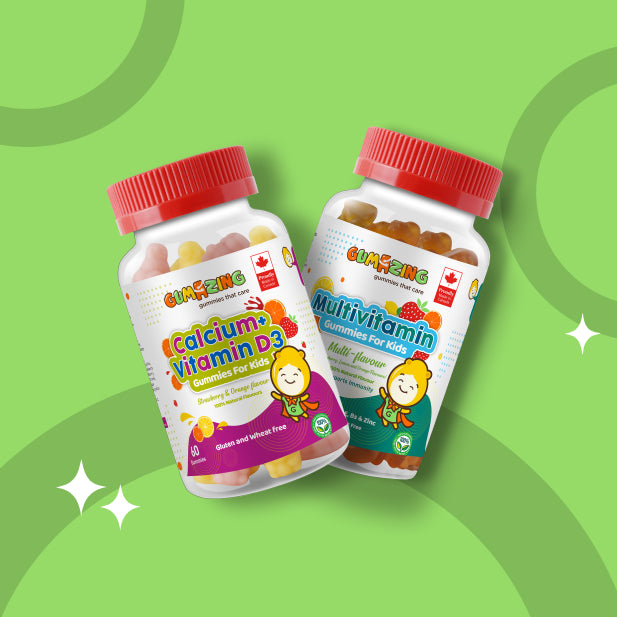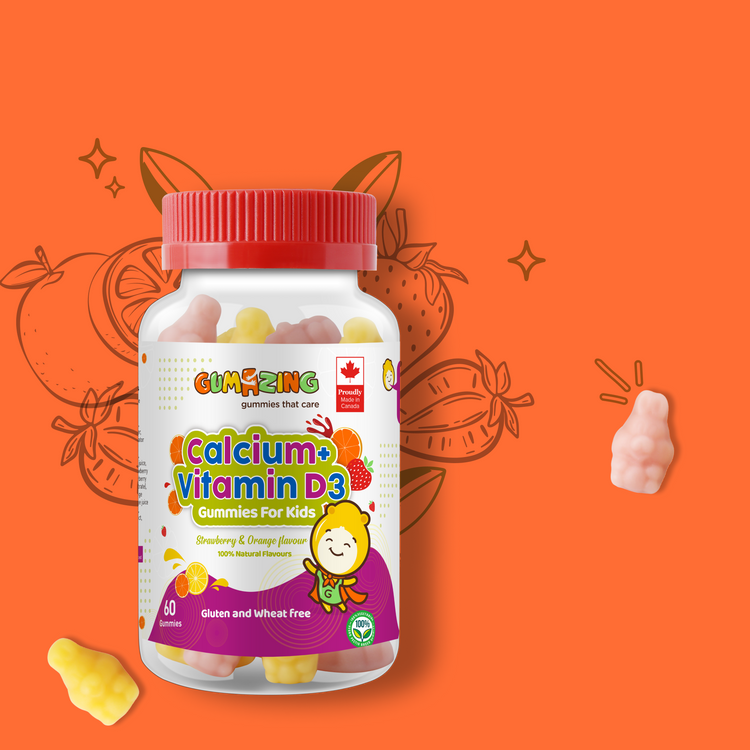Bones begin building before a baby ever takes their first step. But when nutrients fall short, development slows without warning. Not all formulas fill the gap. Breastfed babies need more. Even formula-fed ones may need support if intake is low.
That’s where Vitamin D3 liquid drops come in. When used correctly, they’re gentle and effective. The key is being consistent and precise. Let’s break it down.
Can You Add Vitamin D3 Drops to Baby Formula?
Yes, but it must be done with care. Many parents are told to supplement, especially if their child is breastfed or takes less than 300 ml of infant formula a day. These babies are not getting enough from milk alone. So adding drops becomes necessary. But adding too much, or doing it incorrectly, carries risks.
Health authorities advise giving 5 micrograms of Vitamin D3 liquid drops daily to all babies under 12 months, starting from birth. This applies to breastfed infants and those who consume less than 300 ml of formula each day. More isn’t better here. Accuracy is key.
Why Do Babies Need Vitamin D3?
Vitamin D3 helps with calcium absorption. Without it, bones and teeth don’t develop as they should. It also supports immune function. Babies don’t make enough on their own. And they get very little from breast milk. Even sunlight may not be enough, depending on where you live or how often the baby goes outside.
- Supports bone development
- Supports calcium absorption
- Helps maintain healthy muscle tone
- Aids early immune response
- Contributes to oral health
- Assists with proper growth
- Supports healthy development during early growth stages
How to Safely Add Vitamin D3 Drops to Formula
Parents need a measured approach. A few drops too many can tip the balance. It’s not about speed, it’s about safety. Always follow product instructions and dosage guidance from your pediatrician.
1. Measure the Dose Carefully
Always use the dropper that comes with the supplement. Don’t estimate. Each drop counts, especially with children's Vitamin D drops. Even a small extra amount can lead to excess intake, so it's important to be precise.
2. Mix with a Small Amount First
Add the drop into a small amount of formula first. Stir or shake gently. This ensures your baby gets the full dose and it doesn’t stick to the bottle walls.
3. Feed Immediately
Avoid letting the formula mixed with Vitamin D3 drops sit out for too long. Once mixed, use it quickly. Heat and light can reduce its effectiveness.
4. Store the Supplement Properly
Keep the bottle in a cool, dark place. Improper storage affects potency. Most Vitamin D3 K2 liquid drops degrade with exposure to sunlight.
5. Track Daily Use
Keep a log. Skipping doses or giving double the next day won’t work. Consistency wins here.
6. Talk to Your Doctor Regularly
If you change formulas or introduce solids, your baby’s vitamin needs may shift. Have your pediatrician review the dosage.
Signs of Too Much or Too Little Vitamin D3 in Babies
Even with care, dosing errors can occasionally happen. Dosage may be missed or misjudged. The signs can be subtle at first. But they’re worth knowing.
1. Signs of Deficiency
Low levels might show up as soft skull bones, delayed motor milestones like sitting or crawling, and frequent colds. Irritability, poor weight gain, or slow growth can also be signs. These signs can be subtle, so consult your pediatrician if you notice more than one of them.
2. Signs of Overdose
Too much Vitamin D3 liquid drops can lead to high calcium in the blood. Symptoms include vomiting, constipation, loss of appetite, or extreme sleepiness. In rare cases, it affects kidney health. This is why more is not safer. It’s about getting it right.
Best Vitamin D3 Drops for Infants
Many Vitamin D3 products are available, but not all are suitable for infants. Look for a product that offers purity, precise dosing, and is specially formulated for infants. That’s why Gumazing’s Vitamin D3 Drops stand out. Known as the sunshine vitamin, Vitamin D3 is essential for strong bones and teeth, as well as a healthy immune system.
Gumazing delivers measured dosing in a clean, easy-to-use dropper. No fillers. Just what babies need, whether your child is breastfed, combo-fed, or on formula, these drops make supplementation smooth and reliable.
When to Talk to Your Pediatrician
Adding supplements shouldn’t be a guessing game. If you’re unsure about dosage, type, or timing, don’t wait. Pediatricians can adjust based on growth milestones, diet changes, or health status. This also includes discussing if Vitamin D3 K2 liquid drops are needed later, especially for toddlers.
Call your doctor if:
- Baby refuses the formula with drops repeatedly
- You miss doses frequently
- You see unusual symptoms
- You're planning to switch formula brands
Final Thoughts
Early nutrition sets the pace. Babies depend entirely on what we give them. Getting Vitamin D3 liquid drops into the routine may seem small. But it’s not. It contributes to overall growth and development over time.
Would you trust anything less than accurate for your baby? Choose Gumazing Vitamin D3 Drops. Make every drop count.
FAQs
1. How long should babies take Vitamin D3 liquid drops?
From birth until at least 12 months. Longer if they don’t get enough from food or sunlight.
2. Can formula-fed babies skip the drops?
Only if they consistently take over 300 ml of fortified formula daily. If not, supplements are still needed.
3. Are children's Vitamin D3 drops different from infant drops?
Yes. Dosage and formulations vary. Always choose the version suited for your child's exact age and weight.
4. Can Vitamin D3 liquid drops be added to breast milk instead of formula?
Yes. Just ensure the baby finishes the full amount. The vitamin can stick to containers, so mix carefully.
5.What are the benefits of Vitamin D3 K2 liquid drops later in childhood?
These help support bone density, heart health, and calcium metabolism as children grow, especially during rapid development phases.























































